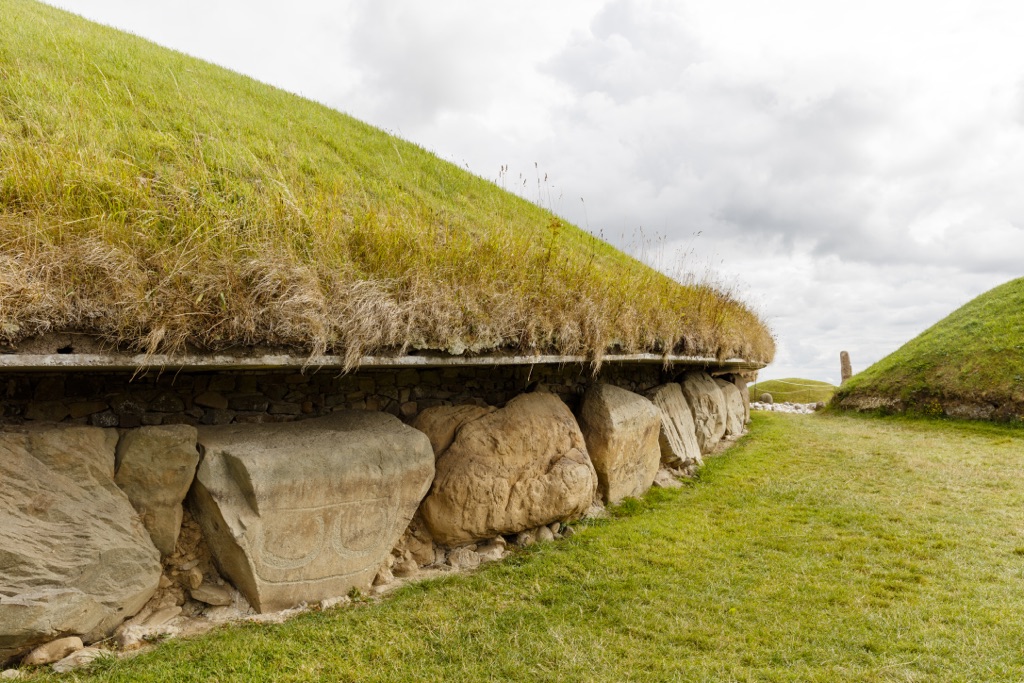Summary
Discovering Knowth: A Prehistoric Gem
Nestled in the lush Boyne Valley, Knowth Passage Tomb stands as a testament to ancient engineering. This Neolithic marvel is older than Stonehenge, dating back to around 3200 BC. Intricate carvings mark its large kerbstones, hinting at a complex spiritual significance. Knowth is not just a single tomb, but a cluster of tombs. It’s part of the Brú na Bóinne complex, a UNESCO World Heritage site. Its main tomb consists of a long passage leading to a central chamber. This site captivates visitors with its historic grandeur and mysterious past.
Get your dose of History via Email
Beyond the Stones: Unraveling Knowth’s Mysteries
Experts have uncovered fascinating aspects of Knowth through careful excavation. What sets it apart are the two passages aligned with the equinoxes, illustrating ancient knowledge of astronomy. Researchers believe the site was not just for burial but also for ceremonies and social gatherings. The abundance of art, in the form of megalithic carvings, holds insight into the Neolithic mind. Symbols on the stones include circles, spirals, and other geometric patterns. Their exact meanings are lost to time, but they inspire awe and speculation among all who see them.
Visiting the Ancient Site: A Journey Through Time
Knowth is a must-visit for history buffs and those seeking a connection to the distant past. It offers a physical walk through time, with guided tours that provide context and stories behind the stones. The experience is immersive, allowing visitors to enter the main passage tomb. Besides the historical significance, Knowth provides breathtaking views of the surrounding valley. It’s a place where history, archaeology, and natural beauty merge. The site is accessible from Dublin, making it an enriching day trip for travelers in Ireland.
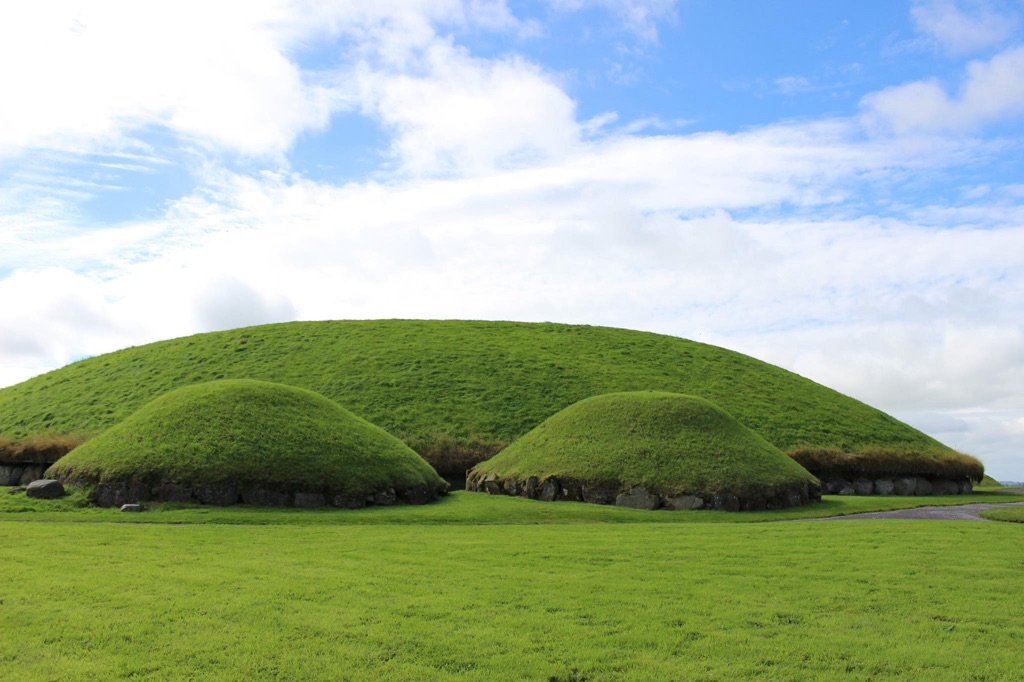
Historical Background of Knowth Passage Tomb
The Origins of Knowth
Rooted in the heart of Ireland’s Boyne Valley, the Knowth Passage Tomb is an iconic prehistoric site. Researchers believe builders erected it over 5,000 years ago, making it older than the pyramids of Egypt. The tomb is one of the three principal tombs in the Brú na Bóinne complex, alongside Newgrange and Dowth. Knowth stands out with its large central mound surrounded by smaller satellite tombs. It showcases the ingenuity of Neolithic people in architecture, astronomy, and art.
Astronomical Significance and Alignment
Knowth’s creators aligned it precisely with the movements of the sun. The passages within the tomb point to the east and west, lighting up on the spring and autumn equinoxes. This alignment shows the builders’ sophisticated understanding of celestial events. It suggests that the tomb served purposes beyond merely being a final resting place for the dead. Scholars are intrigued by the possibility that it was a place of ritual and the tracking of seasons, critical for agricultural societies.
Riches of Neolithic Art
The stone surfaces throughout Knowth feature an array of megalithic art. The intricate carvings are one of the most extensive collections found in Europe. The symbols, notably spirals, lozenges, and serpentiform, may have held spiritual significance. Unfortunately, we can only guess at the meanings today. Nevertheless, the art provides a direct connection to the tomb’s creators and their worldview.
Throughout the centuries, Knowth suffered from natural wear and human interference yet remains largely intact. Excavations in the 20th century unearthed its treasures hidden for millennia. These include human bones, potential ritual items, and even Roman coins. These discoveries offer glimpses into the tomb’s extensive usage over thousands of years. They paint a picture of a site significant not only to local but also far-reaching cultures.
Today, Knowth Passage Tomb is a UNESCO World Heritage Site and a pillar of Irish heritage. It attracts visitors from all over the globe looking to marvel at its ancient wonders. Tours offer educational insights into the site’s construction, history, and place in the landscape of prehistoric Europe. For anyone visiting Ireland, Knowth is an unforgettable journey back in time, revealing the mysteries of a distant but not forgotten era.
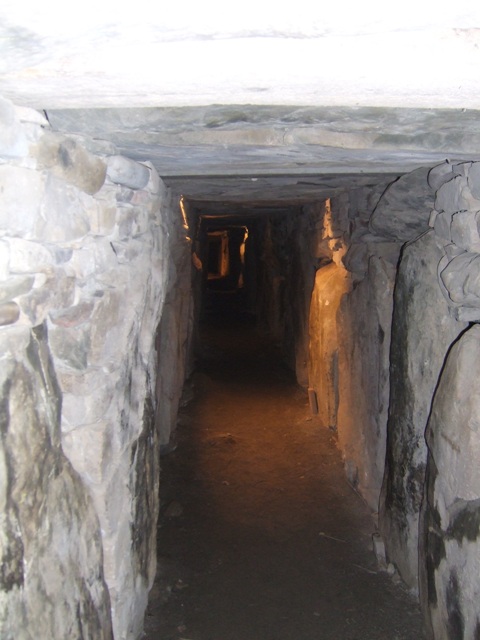
The Discovery of Knowth Passage Tomb
Unveiling an Ancient Secret
The remarkable passage tomb of Knowth lay concealed beneath the earth for thousands of years. Farmers simply saw it as an ordinary part of the landscape. However, in the 1940s, our understanding began to shift. Archaeologists peeked into prehistory thanks to aerial photography that revealed unusual patterns on the ground. These intriguing marks hinted at something more beneath the surface. Excavated by George Eogan in the 1960s, Knowth would reveal its ancient secrets.
George Eogan’s Monumental Excavation
George Eogan, an expert in Neolithic archaeology, took the lead in excavating Knowth. He and his team worked from 1962 for several decades. They carefully uncovered the site’s multiple tombs and unique megalithic art. The discovery was groundbreaking, as Knowth soon proved to be one of the largest passage tomb complexes in Europe. Eogan’s meticulous work brought to light not just a single tomb, but a complex of archaeologically significant structures.
The Time Capsule Within
As the excavation progressed, the significance of Knowth became clearer. The team found human remains that offered a look into burial customs from millennia ago. Other artefacts like tools, jewelry, and pottery were unearthed. These finds helped date the tomb to the Neolithic period. They also showed that the site was re-used in later times. Each layer of soil told a story, contributing to a richer tapestry of Ireland’s history.
Knowth’s vast underground passages drew particular interest for their construction. They were clearly engineered with care for durability and perhaps for special ceremonies. Excavations revealed eastern and western passages that aligned with the equinoxes. This alignment suggests that the builders had astronomical knowledge and social rituals tied to the seasons. It was more than a burial place. It was a cultural hub for an ancient community.
Today, Knowth stands as a profound link to Ireland’s Neolithic past, thanks to its discovery and study. It continues to inspire awe and respect for the people who constructed it over 5,000 years ago. Current conservation efforts ensure that the site is preserved. It remains a place of learning and wonder for future generations. Visitors to Knowth can sense the connection to an ancestral past, a past that was nearly lost to time.
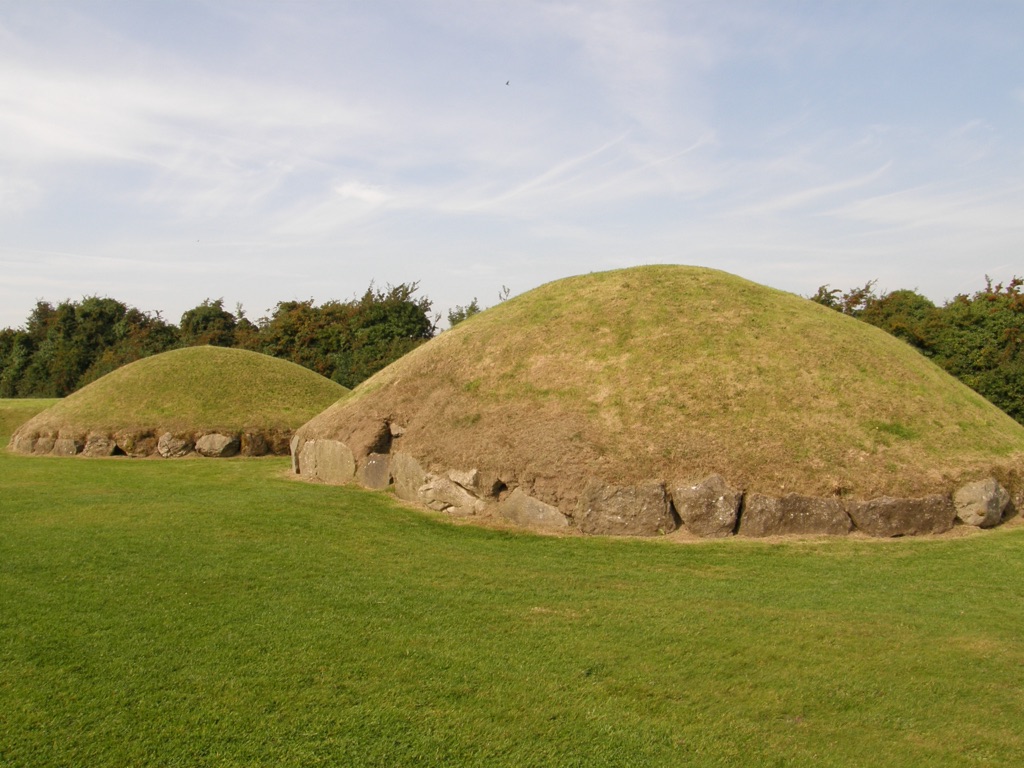
Cultural Significance, Dating methods, Theories and Interpretations
A Chronicle of Ritual and Community
Knowth Passage Tomb was a hub of Neolithic community life. It served as a sacred place, where rituals likely took place. The site’s alignment with the equinoxes points to its ceremonial importance. People gathered here to mark the changing seasons. Researchers believe that the tomb’s complex carvings may have been part of these rituals. They could’ve functioned as storytelling tools or spiritual symbols. Knowth stands as an embodiment of the cultural richness of Ireland’s ancestors.
Unlocking the Age of Knowth’s Builders
Dating Knowth’s construction and use has been a detailed task. Archaeologists have employed methods like carbon dating to unravel its timeline. Carbon dating analyses organic material found with artefacts, giving an idea of age. This technology has established the initial construction of Knowth at around 3200 BC. Yet, the site was reused and altered over millennia. As such, Knowth’s full chronology remains layered and complex, much like the society that built it.
Interpreting the Megalithic Art
The theories on Knowth’s megalithic art are diverse. Some see the carvings as a form of language, a Neolithic communication method. Others speculate they may have been a way to record astronomical events or seasons. The true meanings have been lost in the mist of time. Yet, what stands out is the skill and creativity behind each symbol. These carvings offer an insight into the cognitive and cultural development of the builders.
The wealth of artefacts found at Knowth provides yet another layer of interpretation. Pieces of flint, bone tools, and pottery shed light on the daily lives of the Neolithic people. Some theories suggest that the site was more than just a tomb. It may have been a place for trade, a space for social gathering, or even a political centre. The variations in tomb designs hint at a stratified society, possibly with leaders or an elite class.
As studies continue, new interpretations of Knowth Passage Tomb keep emerging. Each excavation uncovers more data, refining our understanding. Despite concrete evidence of how the site was used, much is left to the realm of educated guesses. Knowth, therefore, remains both an archaeological wonder and a canvas for
the imagination. It is a cultural touchstone, connecting modern-day Ireland to the ingenuity of its ancestors. It enriches our understanding of human history, and the unending quest for meaning and transcendence in the human experience.
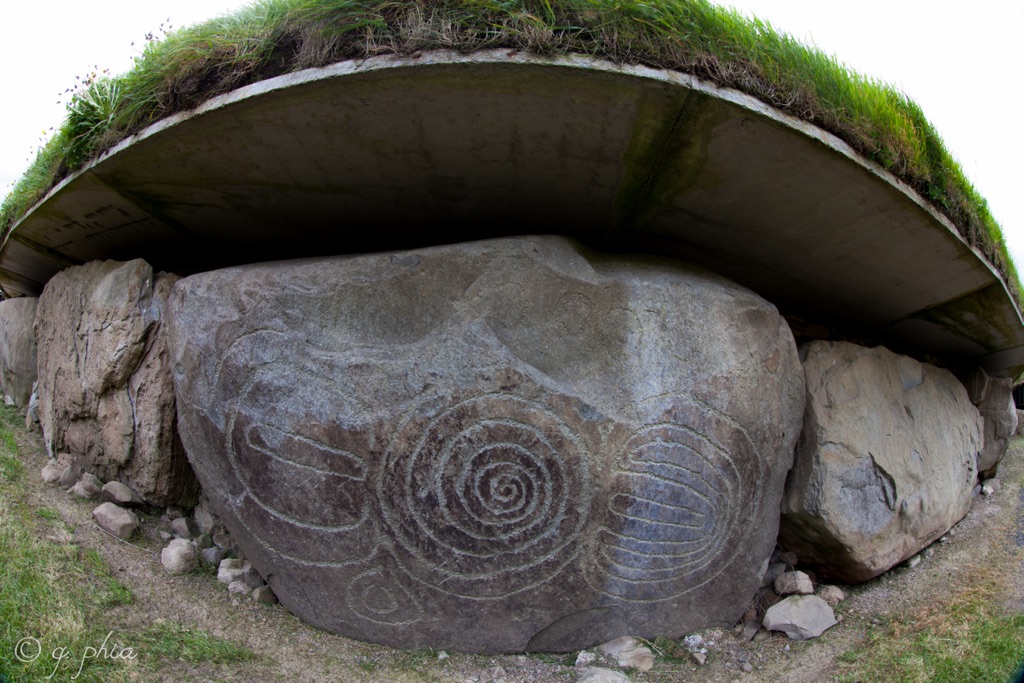
Conclusion and Sources
The Knowth Passage Tomb, with its rich archaeological finds and ancient art, continues to captivate and educate. It stands as a testament to the advanced understanding and beliefs of the Neolithic people of Ireland. As a place of astronomical significance, a hub of community activities, and a vessel of spiritual practices, Knowth is an invaluable link to our prehistoric past. While much has been uncovered about the site’s construction, use, and significance, Knowth still retains its air of mystery, prompting ongoing research and study.
O’Kelly, M. J. (1982). ‘Newgrange: Archaeology, Art and Legend’. London: Thames and Hudson.
Eogan, G. (1986). ‘Knowth and the Passage-Tombs of Ireland’. London: Thames and Hudson.
Schalles-Fischer, B. (1984). ‘Prehistoric Astronomy in Europe.’ Journal of British Archaeoastronomy 8, 1-8.
Herity, M. (1974). ‘Irish Passage Graves: Neolithic Tomb-Builders in Ireland and Britain, 2500 B.C.’. Dublin: Irish University Press.
Bradley, R. (1998). ‘The Significance of Monuments: On the Shaping of Human Experience in Neolithic and Bronze Age Europe’. London: Routledge.

